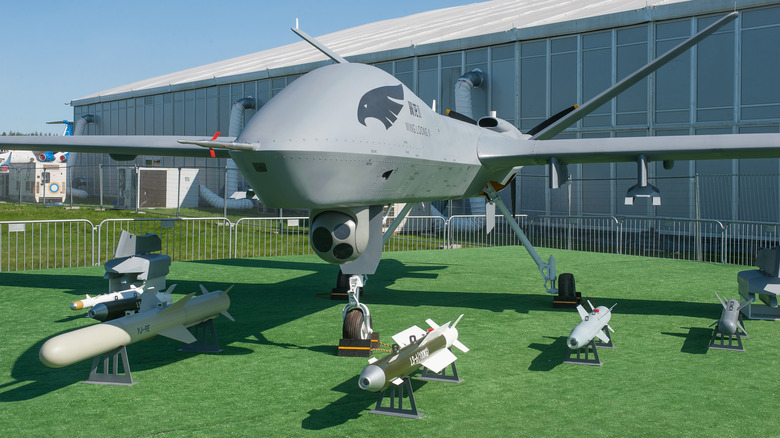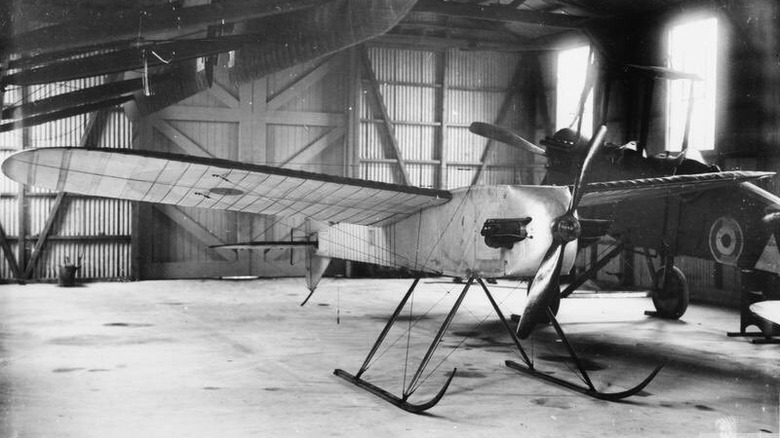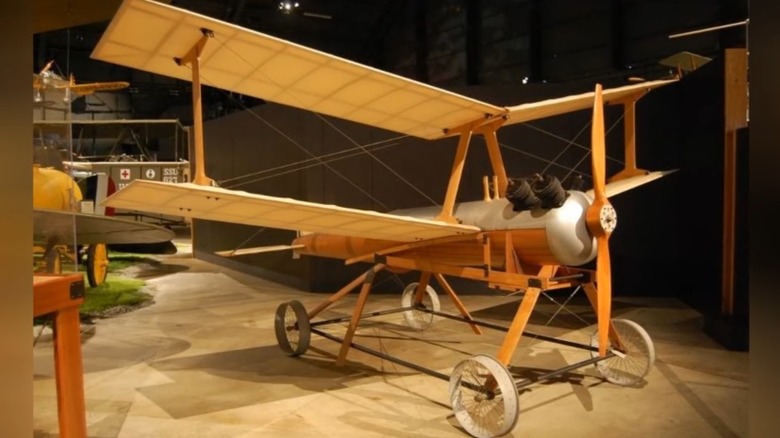George Santayana, the Hispanic-American philosopher and poet, once said, “To know your future, you must know your past.” He’s the same gentleman who also said, “Those who cannot remember the past are condemned to repeat it,” a quote often mistakenly credited to Winston Churchill, who paraphrased Santayana during his famous 1948 speech.
These are sentiments that can be said about today’s advanced high-flying drones. To understand their future — or present, as the case may be — you must first know their past. Surprisingly, the origins of UAVs go so far back that many didn’t even realize how early the technology has existed.
By definition, UAVs are “unmanned aerial vehicles,” thus technically making any vehicle without a pilot a UAV. Given that, the first “UAV” could very well be the pilotless hot air balloon first shown in public by the Montgolfier brothers (Joseph-Michel and Jacques-Étienne) in Annonay, France, way back in 1783.
Over the next 134 years, different iterations of crewless vehicles were utilized for various things, and increasingly more advanced technology was invented to further the development of UAVs. For instance, the first photos taken by an “unmanned system” happened in 1896 when a camera was strapped to a rocket and launched into the air.
The first drone to fly under control
But then, on March 21, 1917, the British military unveiled the “Aerial Target,” a radio-controlled plane regarded as “the first drone to fly under control.”
The Aerial Target was a considerable technological leap forward in creating the first true, modern UAV. The De Havilland-designed monoplane was powered by a twin-opposed engine that kicked out 35 horsepower, while the remote control guidance system used to fly the plane was built by Dr. Archibald Low.
Meanwhile in April 1917, over in America (Dayton, Ohio), the U.S. Army tasked inventor and engineer Charles F. Kettering to design and build an “unmanned flying bomb” that could fly some 40 miles. Kettering was known for founding the Dayton Engineering Laboratories Company (aka Delco), the maker of automobile electric ignition systems. The team he put together to make this flying bomb was supervised by none other than Orville Wright of the famed Wright brothers.
What they created looked like a child’s toy — strapped with a 180-pound bomb. The fuselage was made from papier-mache strengthened with wood laminates. Owlcation claims the 12-foot biplane wings were made of cardboard, while the Smithsonian Magazine says they were made of wood. The whole thing weighed just 530 pounds (including the payload) and was powered by a 4-cylinder, 40 horsepower Ford engine, which could get it flying at 50 mph.
The first functioning unmanned aerial vehicle
The Kettering Bug was equipped with a gyroscope that kept it heading in the proper direction. A nonliquid (aneroid) barometer maintained elevation, while pneumatic bits and electro-mechanical pieces from a self-playing piano controlled flight.
After factoring in wind speed and direction, plus distance to target, the Bug’s flight duration was “programmed” by setting a cam to the number of revolutions the engine needed to reach its destination. Once it hit that number, the cam would drop, cut the engine and release the wings, causing the Bug to plunge to earth and explode on impact.
The Bug sat atop a four-wheeled dolly and was launched by rolling it down a long track that more or less aimed it in the proper direction. Still, Kettering was convinced the Bug could be precise and reach enemy targets some 75 miles downrange. This was well beyond the range of field artillery at the time and twice the distance the U.S. Army originally wanted.
The definition of a UAV/drone changed during its evolution, adding that it needed to return intact from a mission. Therefore, UAVs could no longer be one-and-done, like artillery shells or cruise missiles.
With each Bug costing about $400 to build, the government ordered 20,000. However, after producing just 50, the war ended (on November 11, 1918), production was halted, and none were ever used. Despite that, the Kettering Bug became the “first functioning unmanned aerial vehicle” most similar in function to the highly advanced drones we see today.
Source: http://www.slashgear.com/1202335/how-modern-drones-made-their-military-debut-during-wwi/
 drone-reviewm.com
drone-reviewm.com



